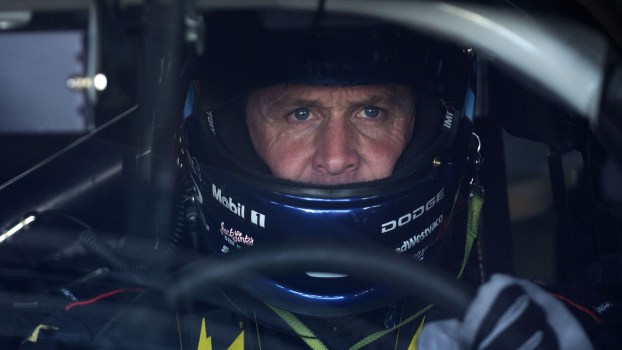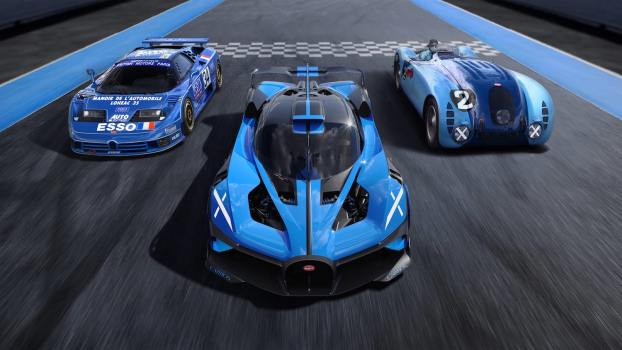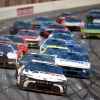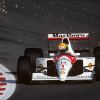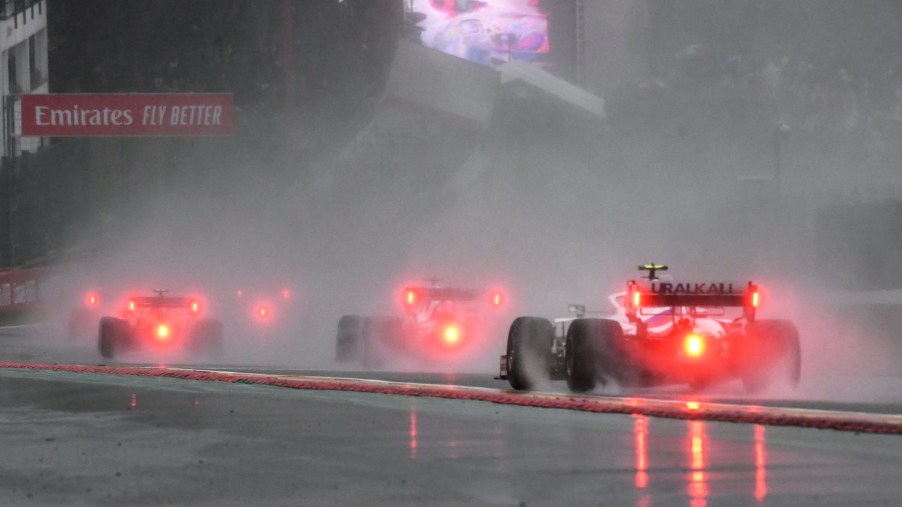
Shortest Formula 1 Race Ever Was An Embarrassing Blunder Lasting Less Than 5 Miles
Picture this: You spend three hours in the rain, waiting for a Formula 1 Grand Prix to start. Finally, the cars come out of the pits. Instead of racing, they follow the pace car around the track three times. Then, they all return to the pits. You think, I guess it’s still raining too hard, and they’ll try again later. Then you hear the announcement: the race is over, the “winners” have been awarded points, and it’s time to go home. This was exactly the experience tens of thousands of race fans suffered through at the 2021 Belgian Grand Prix. And some of them made such a good argument that the event was a blatant money grab that F1 changed its rules and even fired people.
Belgian Grand Prix forecast: perennially rainy
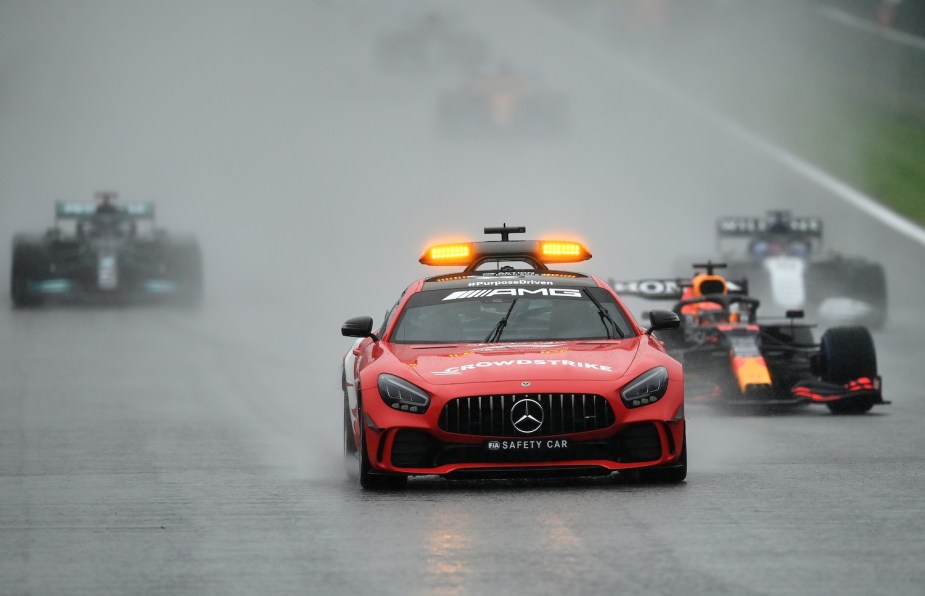
The Circuit de Spa-Francorchamps has been hosting the Belgium Grand Prix since 1925. Many drivers love the circuit and fans always enjoy the scenic Ardennes Mountains. But everyone shows up prepared for rain. At one point, it rained on the Belgian Grand Prix for 20 years in a row. There have even been races with sun on one part of the track and rain on another.
Ahead of the 2021 Belgian Grand Prix, the forecast unsurprisingly called for rain. Mick Schumacher said he was, “looking forward to getting into some rain.” Twenty-one year old Lando Norris added that he was also, “hoping for a bit of rain,” but others were less ready to tempt fate. Five drivers competing in 2021 had already won the Belgian GP at least once (Lewis Hamilton, Kimi Räikkönen, Sebastian Vettel, Charles Leclerc, and Daniel Ricardo).
One of the weekend’s defining moments came during Saturday’s qualifying. Qualifying was delayed for heavy rainful and when it finally got going Lando Norris hydroplaned off the track. The crash was bad enough that it drew a red flag and Sebastian Vettel slammed on the brakes to check that Norris was alright. Vettel also complained to his team that the conditions were downright unsafe. Race director Michael Masi later admitted that he shouldn’t have given qualifying the green flag.
Max Verstappen qualified first, followed by George Russell, Lewis Hamilton, Daniel Ricciardo, and then Sebastian Vettel. Though qualifying left everyone shaken, no one could know how important their performance on Saturday would prove to be.
The 2021 Belgian Grand Prix
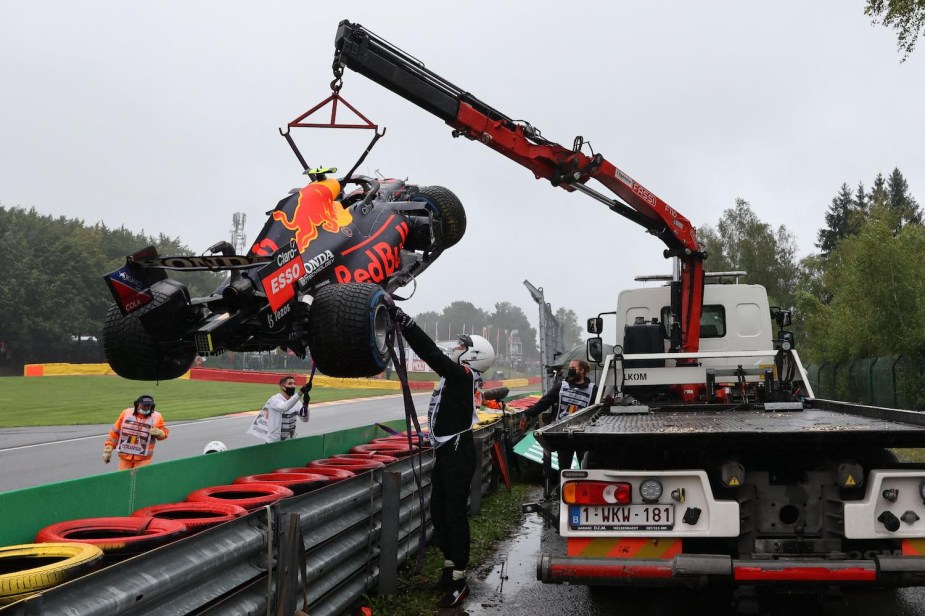
Sunday found the rain pouring down on the Circuit de Spa-Francorchamps. Still, eager fans crowded into the stands. In fact 213,000 people attended some of the events that weekend.
The rain was so heavy that Sergio Pérez crashed on the way to the starting grid. Michael Masi had been directing Formula 1 races since 2019. But the crash during qualifying might have shaken him. He gave the go signal at 3:25, but after he monitored two laps behind the safety cars, he called for a red flag.
The cars queued in the pit lane. Though Masi had mistakenly said Pérez was out of the race, other race officials pointed out that he was technically in the running. Red Bull mechanics were able to repair the car during the red flag and Pérez re-joined the lineup.
Masi continued to delay and suspend the start for three hours. Then, at 6:17 pm, the race started again. It was a familiar scene: The drivers followed a safety car for two laps–with no passing allowed. During the third lap, Masi called for another red flag and everyone returned to the pits.
Drivers and fans hunkered down for another delay. Then Masi declared Max Verstappen the race winner. And with that, after 4.275 miles behind a safety car, the 2021 Belgian Grand Prix was over. Some fans were so angry that they felt they had been robbed: Because the “race” had technically happened, the officiators didn’t have to offer even a partial ticket refund.
The aftermath of the 2021 Belgian Grand Prix
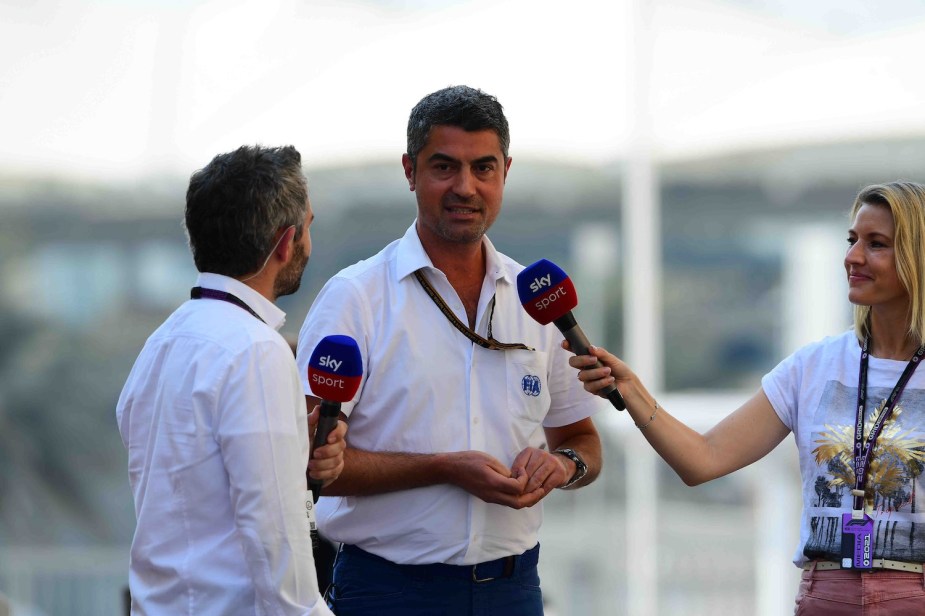
After the 2021 Belgian Grand Prix “race,” Formula 1 officials awarded half points to the top finishers. Because there had been no laps without a safety car, the final results were identical to the lineup at the end of qualifying.
Masi’s decision was technically allowed, according to the F1 rulebook. If a race ends in a red flag, the FIA declares the winners based on the order before a two-lap “rollback” period. This is because a red flag often comes after a crash, which may have impacted the running order. This rule was never intended for weather-related red flags. But with the second race segment of two laps and change, the starting lineup was technically the final order.
Moreover, if a race ends in a red flag before running 75% of its planned distance, F1 awards the finishers half points. In practice, this rarely happens. Even after a catastrophic multi-car crash, the remaining cars will finish the planned race. In fact, the 2021 Belgian Grand Prix was just the sixth time drivers got half points in all of F1 history.
Masi’s decision drew criticism from some teams, manufacturers, and fans. Damon Hill, 1996 world champion, called the event “a parade, not a race.” Obviously, Masi chose not to run the cars for safety reasons. Some argued that the honorable choice would have been canceling the race and refunding attendees. Whatever the reasoning behind the dramatically shortened race, it was not good looks for the sport.
New rules 2022 season rules for F1 racing
Ahead of the 2022 season, Formula 1 announced new rules for shortened races. It also began researching cars that would be safer to drive in the rain. But by then, Masi was already out of a job.
Masi was not officially fired over the Belgian Grand Prix. But during the subsequent 2021 Abu Dhabi Grand Prix, he called a controversial restart. While this, too, was technically allowed, F1 wasn’t having it. The FIA analyzed his decision, concluded that he hadn’t correctly followed the safety car restart procedure (restarting racing before all lapped cars had returned to the back of the pack), and demanded his resignation as race director.
McLaren CEO Zak Brown called Masi’s Abu Dhabi mistake a “symptom” of “systemic issues.” There are, of course, two sides to every story. While the Mercedes’ team boss called Masi a “liability,” Formula 1 offered him a different job. Masi instead chose to return to the Australian Supercars series and called the criticism he received for his decisions while with Formula 1 “toxic.”
Next, find out how Ferrari finished the 2021, 24 hours of Le Mans–after losing a wheel, or learn why certain F1 cars do better in the rain in the video below:
